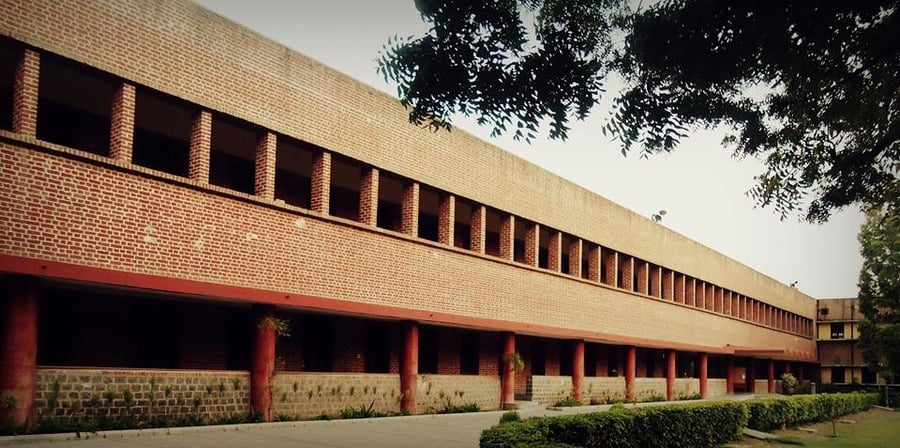Both, Censorship and the Freedom of Speech require a delicate balance and immense intuitiveness. Many have argued on both sides, This piece aims to highlight what ideas stand out in this debate?
Censorship refers to moderating the information and ideas that are disseminated in the society. After entering the web of the censorship debate, there is no escape. This fascinating, unsolvable mystery has questions that lead to more questions, gently treading the path between morality and legality. Everyone’s subjective notions of what is moral, acceptable, decent, and inoffensive are at interplay.
Now a question that would make Mr Pahlaj Nihalanijump onto his toes: Is censorship a good thing?
An infamous opinion piece, in the New York Times, ‘Free Speech Is Killing Us’, addressed the issue of noxious speech. Rebutting the idea of the Internet as a beacon of progress, it reminded the readers of the social media driven campaigns of Trumpand Duterte, the murder of Heather Heyer, the massacres in Pittsburg and Christchurch. “But what about speech that’s designed to drive a woman out of her workplace or to bully a teenage into suicide or to drive a democracy towards totalitarianism?” writer, Andrew Marantz, probed his readers.
Moving away from this, on another end of this spectrum there are moral policing and unnecessary restrictions being imposed. Banning of films representing the LGBTQ community, deletion of Twitters posts talking about casteism, unnecessary edits on several films by the former Chief of Sankar Board and being tagged as ‘anti-national’ for expressing dissent.
What such pieces necessitate are a need to draw lines around some content on the internet. But how easy is this task? Youtube’s ban on violent content resulted in reportage of the Syrian war being take down, Twitter’s rules about sexual content led to information on sexual health also being removed. Regulations can, therefore, close doors on several avenues to spread awareness.
A move criticised for its timing right before the General Elections, stricter social media regulations were put in place. The authorities claimed this was done to curb misinformation. This would require content deemed as “unlawful” by government will have to be erased from Facebook, Google, TikTokand other platforms. WhatsAppwill be required to decrypt encrypted data, to trace it to its original sender. Netflix, Hotstarand seven other platforms have begun self-regulation in attempts to avoid censorship. This played in favour of, our favourite mota bhai, Mr Mukesh Ambani, for obvious reasons.
Stringent censorship can be found in countries like China, Saudi Arabia and Russia. With more than 150 days of internet shutdown in Kashmir, how long before we enter the list?
Journalism, as an independent and impartial body, is not meant to serve the establishment. Its duty is to question, educate and be the voice of people. It was not birthed to be controlled. A democracy seizes to exist when its journalists, activists and reporters begin to live in fear. The ABP row and stepping down of two leading journalists demonstrated the heights of control over the press. The gruesome violence at the satirical weekly Charlie Hebdo was also a dark day in the history of the press.
Free speech is an inextricable part and the cornerstone of a democracy. Dissent cannot be suppressed under the garb of censorship, because with changing times, the youth refuses to settle and rather demands what’s better. The New York Times piece warns against absolutism and how it cannot be used as an opt out from harassment. It is a right to be exercised with full responsibility. Use of force cannot be a medium to extinguish protests and silence voices of people.
Going back to the dilemma we started with, one’s morality emerges from their upbringing, culture, values, and education. The same rules cannot hold true for all, which makes censorship an endless debate. While morality is where we use our discretion, the higher authorities have the onus of the legalities of it.
Feature Image Credits: Debate.Org
Shivani Dadhwal


